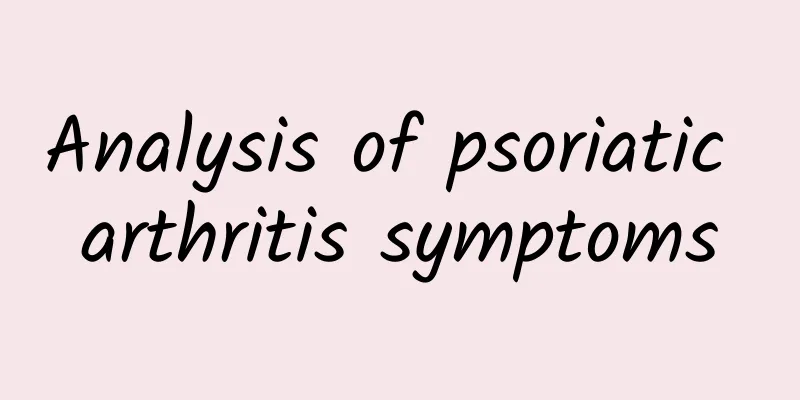Specific causes of cervical spondylosis

|
The specific causes of cervical spondylosis may include genetic factors, overuse of the neck, trauma, and inflammatory response, which may cause the formation of osteophytes on the edge of the cervical vertebrae alone or in combination. Understanding these specific causes will help early prevention and intervention measures to avoid aggravation of the disease. 1. Genetic factors Some studies have found that cervical spondylosis may have a certain genetic tendency. If there is a history of bone and joint diseases in the family, and parents or immediate relatives suffer from cervical spondylosis, the risk of the disease in offspring may increase. This is mainly due to the characteristics of heredity that may affect bone development and metabolism. People with a family history of the disease are advised to pay attention to protecting the cervical spine and adopt a healthy lifestyle, such as avoiding bowing the head for a long time and increasing neck flexibility exercises to reduce the risk. 2External environmental factors: Overuse or weight bearing of the neck Long-term head-down work, such as continuous bending over a desk, playing with a mobile phone, or working in occupations that require repeated use of neck muscle strength, such as teachers, office workers, drivers, etc., may lead to increased pressure on the cervical spine and induce bone hyperplasia. At the same time, long-term use of a pillow that is too high may also form chronic bad postures and lead to cervical joint degeneration. It is recommended to choose a pillow with moderate height and support, and develop the habit of naturally relaxing the head and neck. 3. Effect of trauma history on bone quality Trauma, including car accidents or severe cervical sprains, may directly cause decreased vertebral stability. The cervical spine degenerates faster after injury, and bone hyperplasia may occur. Such patients need to pay attention to post-injury rehabilitation and receive professional physical therapy to avoid ignoring minor pain and accumulating it into serious lesions. 4Inflammation or other degenerative diseases Inflammation of the cervical joints, cartilage damage or long-term strain may trigger an immune response, which in turn stimulates the formation of osteophytes. These inflammations are closely related to degenerative changes in people after middle age in most cases. People with a history of osteoarthritis or cervical disc degeneration are more likely to have bone hyperplasia. Maintaining a balanced diet, such as supplementing with foods rich in vitamin D and calcium, can improve bone health and reduce the risk of inflammation, such as milk, deep-sea fish and nuts. The special cause of cervical spondylosis involves the combined effects of multiple internal and external factors. Early self-attention and intervention are particularly important. If you experience long-term neck pain, dizziness, numbness in the hands, etc., it is recommended to receive a doctor's evaluation as soon as possible and start a targeted treatment or rehabilitation plan to prevent the symptoms from worsening. |
>>: What virus causes costochondritis?
Recommend
What tests are done to check for gallstones?
The main methods for examining gallstones include...
Chinese medicine formula for treating breast cysts
Using Chinese medicine to treat breast cysts is a...
Western medicine treatment of acute thyroiditis
Western medicine treatment of acute thyroiditis: ...
How long does thyroid tumor surgery take?
Thyroid tumor surgery generally takes 1 to 3 hour...
Does Liver Fire Affect Anal Itching?
Excessive liver fire may cause anal itching, whic...
What fruits should I eat if I have gallstones?
People with gallstones can eat low-fat, low-sugar...
Dietary precautions for patients with perianal abscess
When you have an anal abscess, you need to pay sp...
Treatment of Breast Cyst with Traditional Chinese Medicine
Traditional Chinese medicine treatment for breast...
Can gallstones cause stomach pain and bloating?
Gallstones may cause stomach pain and bloating be...
Perianal abscess incidence
The incidence of perianal abscess is affected by ...
If gallstones are not treated, will they
If gallstones are not treated, they can lead to s...
Pain in finger joints
Finger joint pain is a problem that many people m...
Will the three types of breast hyperplasia turn into cancer?
In most cases, breast hyperplasia will not turn i...
Diagnosis and clinical manifestations of gallstones
Gallstones are a common digestive disorder that t...
What to eat after lumbar disc herniation surgery
During the postoperative recovery period, patient...









